There are many sides to Pink Floyd. First, there’s the band’s leader, Syd Barrett, who succumbed to mental health decline and drugs. David Gilmour was brought in to assist when Barrett could no longer perform reliably. But once Barrett left, the new problem they had was that he was the primary songwriter. So, Roger Waters not only filled the void but, in him, a kind of poet emerged. And Gilmour evolved into a guitar legend and eventually Pink Floyd’s third leader following Waters’ exit in 1985.
Videos by American Songwriter
Some may have overlooked the post-Waters albums, so here’s a brief look at a few highlights from Pink Floyd’s limited 1990s output as the band neared its creative end. A Momentary Lapse Of Reason finds Gilmour, keyboardist Richard Wright, and drummer Nick Mason carrying on without Waters in 1987. It’s a statement of survival and stubborn endurance. But The Division Bell, aptly named, knowingly or not, is the group winding down. And doing so with flashes of the brilliance that made Pink Floyd a groundbreaking band.
“What Do You Want From Me”
Released in 1994, The Division Bell was the second post-Roger Waters Pink Floyd album. It was also the last album recorded with Richard Wright, who died in 2008. “What Do You Want From Me” features the cinematic blues that made Gilmour’s solos the highlights in Pink Floyd’s most iconic work.
The album centers on communication, and “What Do You Want From Me” appears to be the total breakdown of a relationship.
“High Hopes”
Gilmour said “High Hopes” describes leaving his hometown. “The grass was greener / The light was brighter / The taste was sweeter.” Leaving home for opportunity, reinvention, possibility. “Running before time took our dreams away.” But like many Pink Floyd songs, a big letdown overshadows the optimism in new fortunes.
It’s tempting to read into the songs on The Division Bell the eventual fallout between Waters and his bandmates. And the tragedy of Barrett’s life. A weeping solo from Gilmour fades into a clanging bell. Then you hear Gilmour’s son hang up the phone on Pink Floyd’s manager. Finally, silence.
“Comfortably Numb (Live)”
Pulse captures the European leg of The Division Bell Tour, which also marked Pink Floyd’s final concert run in 1994. And there’s no denying this wasn’t the same band without Waters. Yet, “Comfortably Numb” remained one of the great live moments of any rock concert by any rock band. Gilmour extends and improvises on his iconic guitar solo, which at once pleads for feeling, emotion, connection.
But there’s resignation in the epic wail of Gilmour’s blues. The song’s original construction happened against competing visions for the track’s direction. Though the relationship between Waters and Gilmour was doomed, what ended up on The Wall is a gorgeous masterpiece. And the friction between the two echoes in the band’s final performances, even without Waters present.
“Wish You Were Here (Live)”
Unlike “Comfortably Numb”, Waters and Gilmour wrote “Wish You Were Here” without much friction. It began with Gilmour’s catchy guitar riff, and Waters quickly finished the tune in about an hour.
Wish You Were Here is about absence, and the mental decline of Barrett continued to affect his former bandmates. Even when Barrett was still in Pink Floyd, Waters described his friend as having his own wall, blocking communication between friends and family. This history makes the song one of Pink Floyd’s most emotional tracks, and the live version on Pulse sounds as easy as how Waters describes the writing process.
Photo by Mick Hutson/Redferns

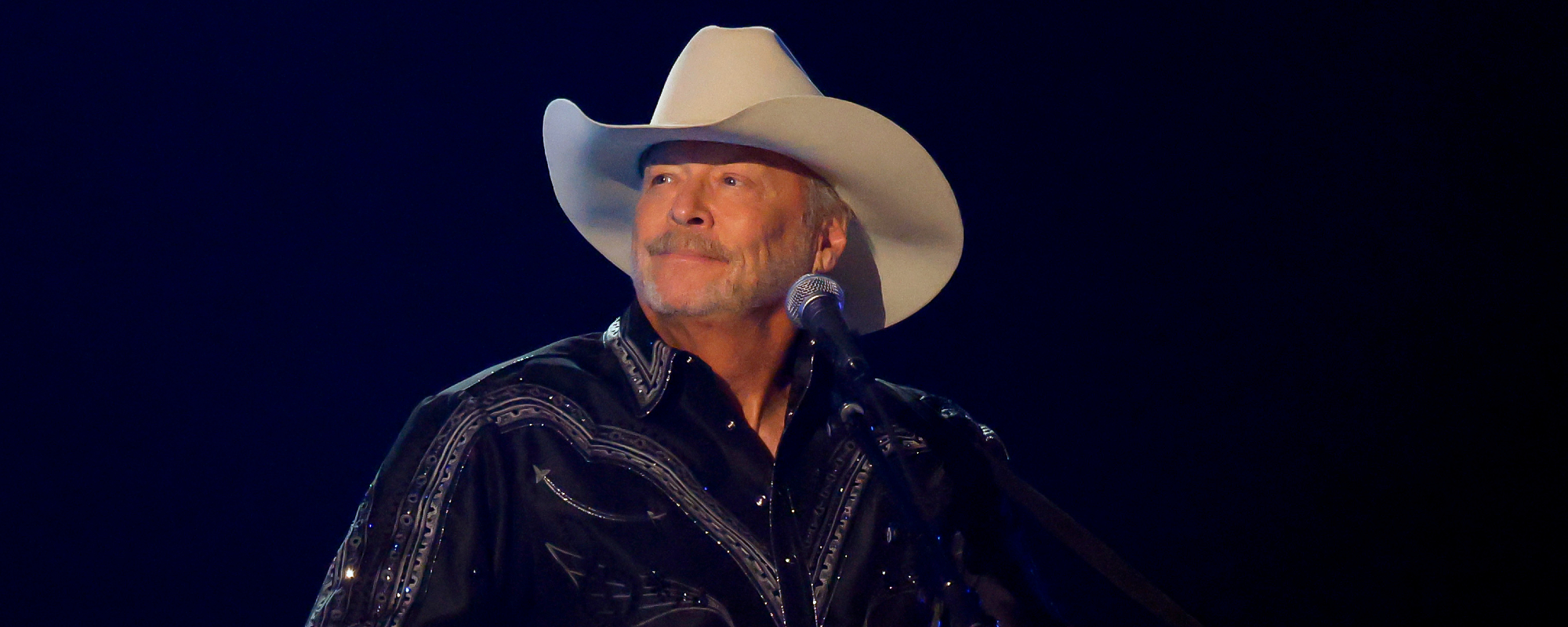

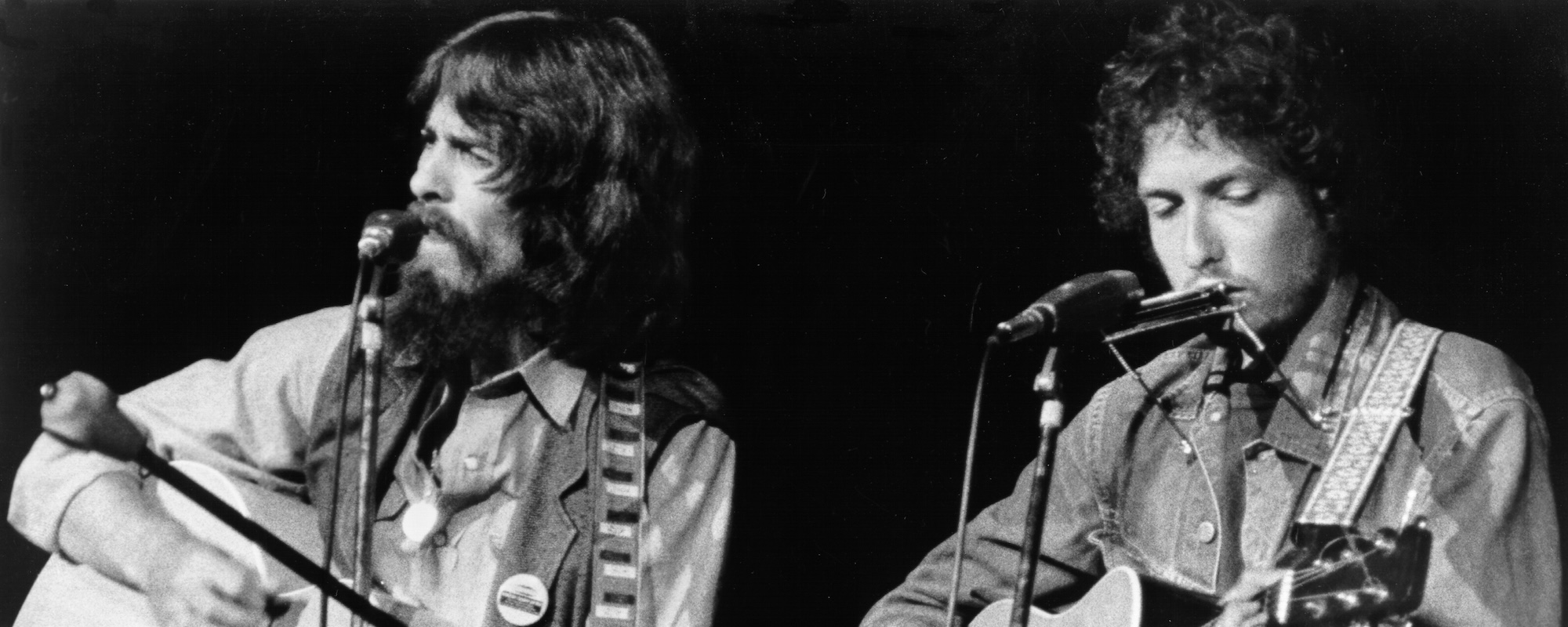



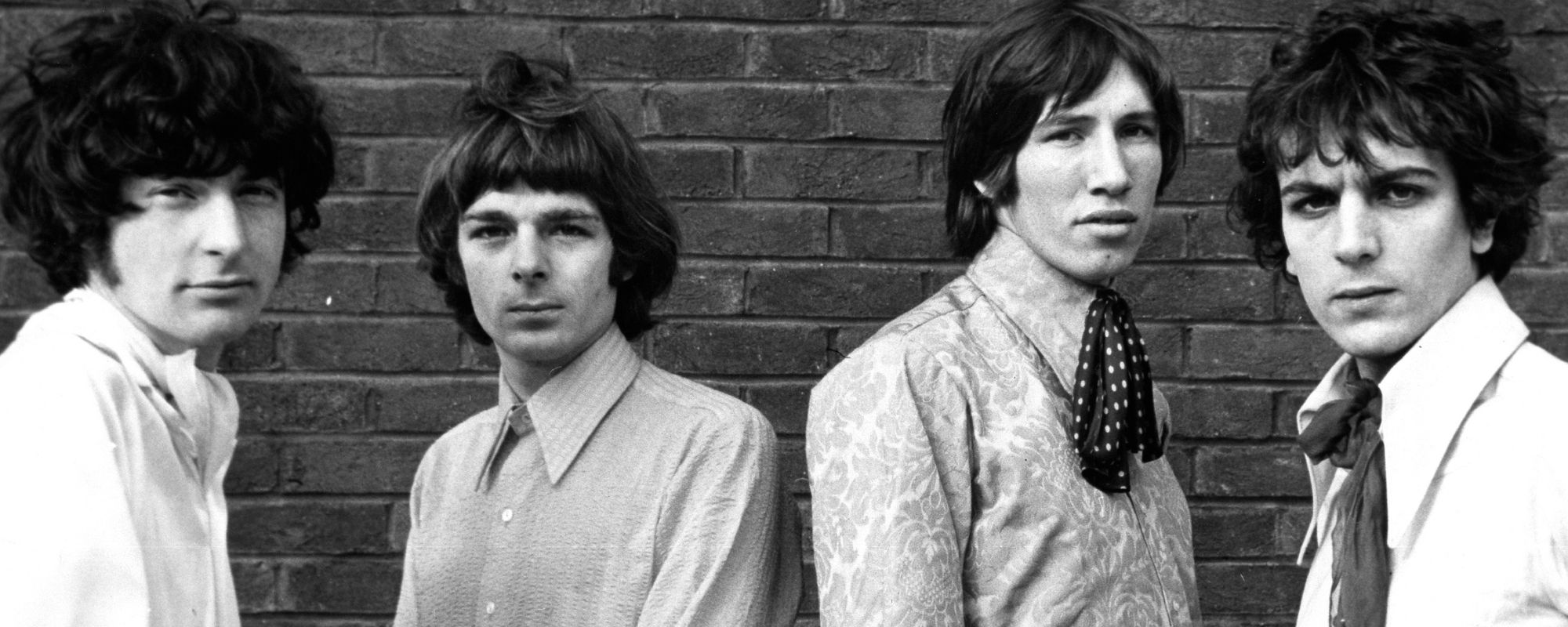

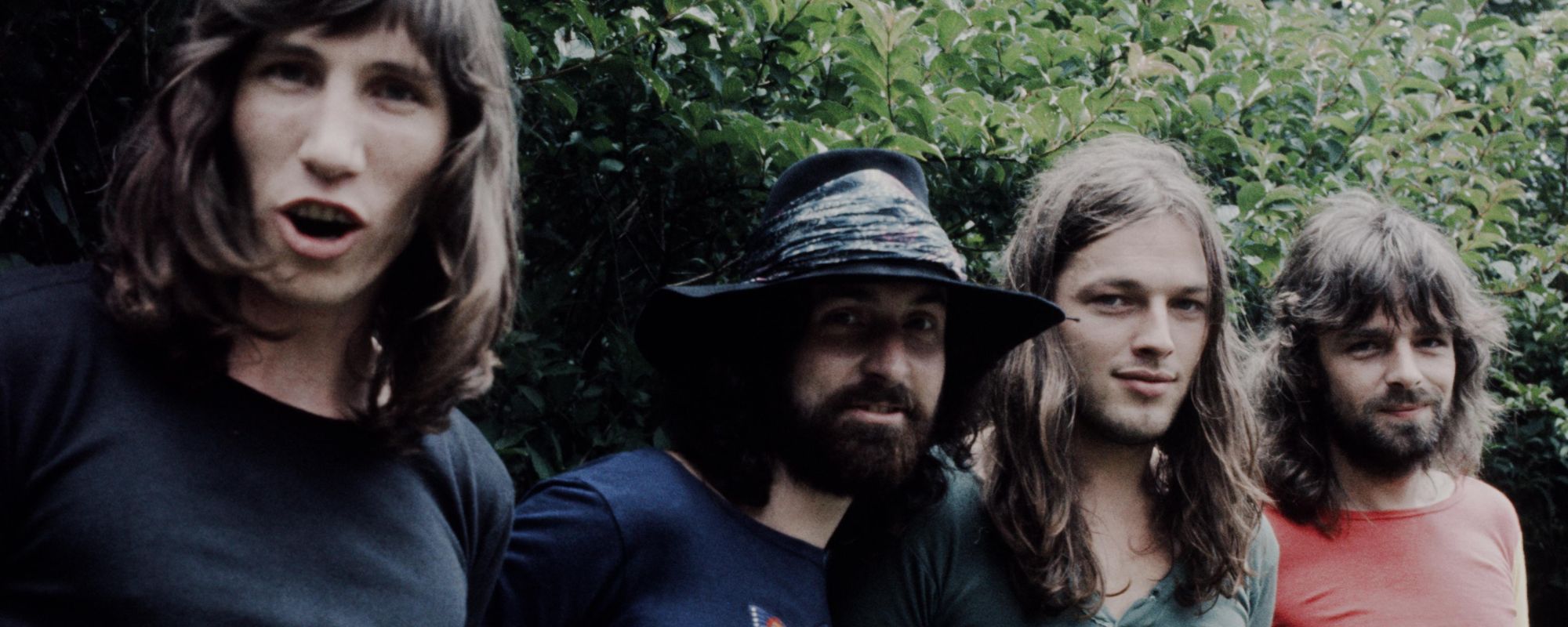

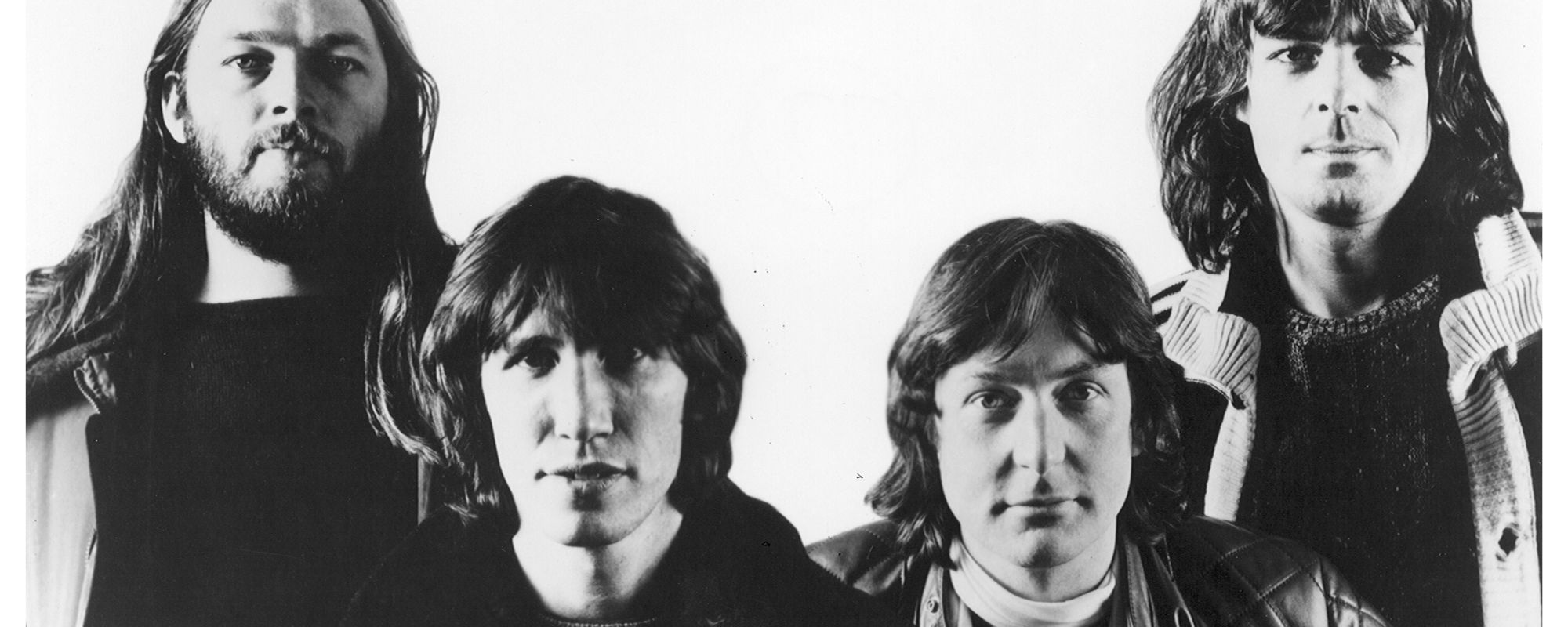
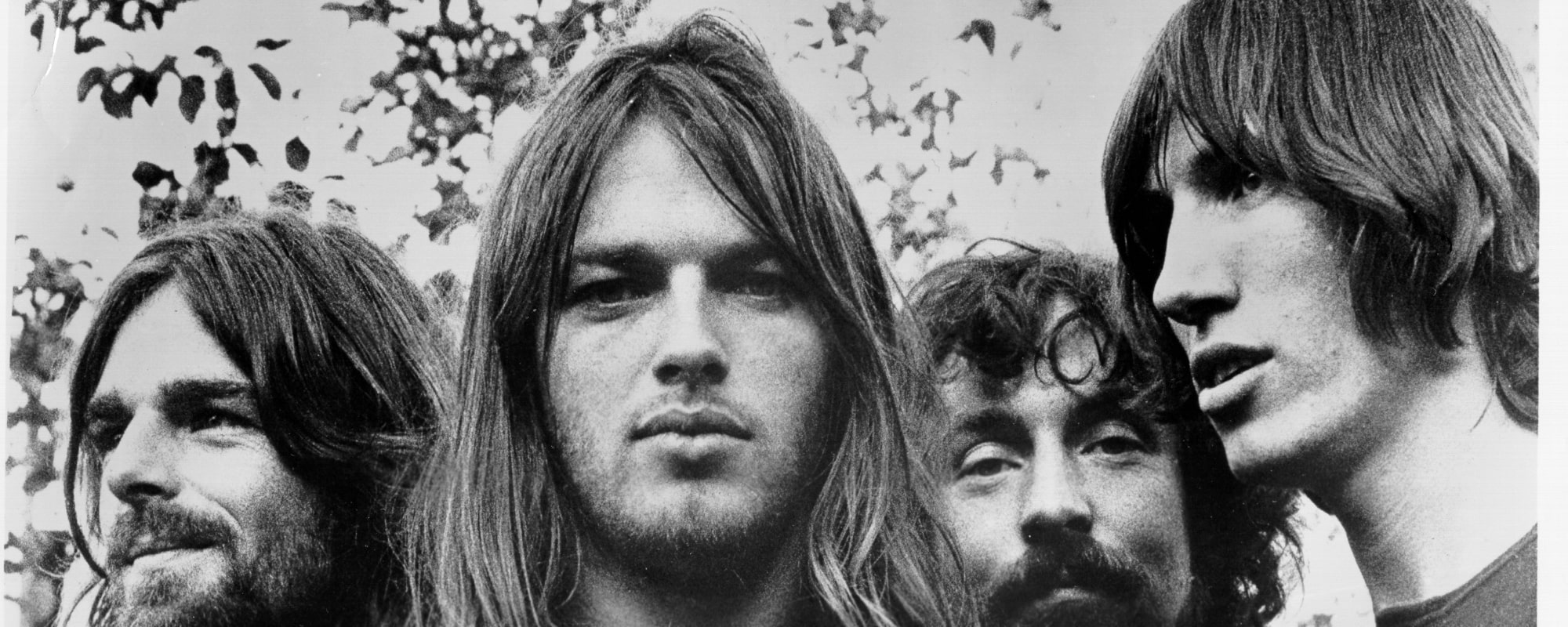
Leave a Reply
Only members can comment. Become a member. Already a member? Log in.